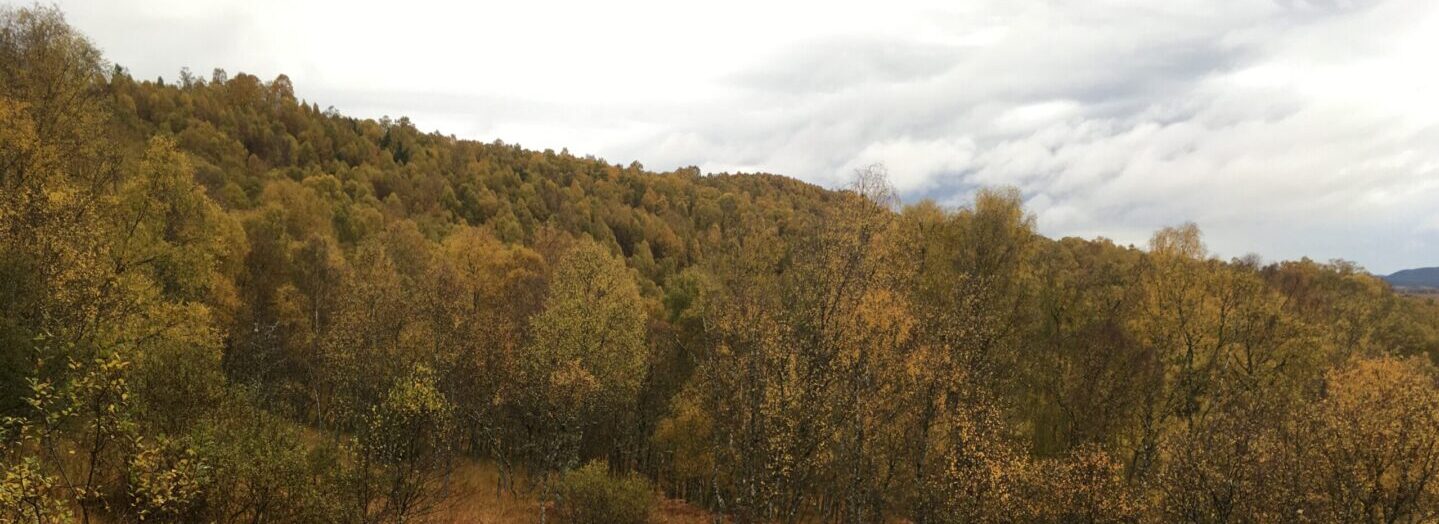The Restoration Partnership Development Toolkit is a collaborative project between Dr Annette Green (Cambridge), Prof Chris Sandbrook (Cambridge) and Dr Janet Fisher (Edinburgh).
This 2.5 minute video explains the toolkit. Please watch it for an introduction:
Training manual
If you think the toolkit might be useful for your restoration project, the fully comprehensive self-guided training manual for the toolkit can be downloaded. This gives a detailed introduction to what the tools can be used for, and how to use them in practice.
Toolkit apps
The toolkit incorporates apps. The Survey Generator app is here. Once you complete the information for that app, you will be emailed a link for the Survey Analysis app.
Support videos for using the apps
This video walks you through how to use the Survey Generator app (roughly 8 minutes). Watch this when you wish to use the generator app to build your survey (also detailed in the training manual).
This video walks you through how to use the Survey Analysis app (roughly 8 minutes). Watch this when you wish to use the analysis app to analyse the data from your stakeholders (also detailed in the training manual).
Further documents
Some further documents may be of use as appendices to the toolkit. These are:
This survey was developed for use in Eastern Cumbria in the piloting of the toolkit. This is an example of the sort of survey which could be generated within a restoration partnership development process.
This survey was developed for use in the Welsh borders are in the piloting of the toolkit. This is a further example of the sort of survey which could be generated within a restoration partnership development process.
Cumbria workshops presentation template
These are some simple presentation visuals, which you could use as a basis for a presentation on how to understand and interpret survey results in stakeholder workshops.
Queries
If you have any queries about the RPD toolkit, please contact: Janet Fisher (janet.fisher@ed.ac.uk) or Annette Green (ag912@cam.ac.uk).
Acknowledgements
Grateful thanks to Anna Shulman who built the Shiny Apps. Thanks also to Dr Aidan Keane, Dr Rogelio Luque-Lora, Callum Leavey-Wilson, Dr David Brown, and Profs George Holmes and Adrian Martin for support and advice throughout this project. Thanks also to project staff of restoration implementers, with whom we developed this work.
This work has been generously supported by the Endangered Landscapes and Seascapes Programme and the UKRI Landscape Decisions Programme (grant number: NE/V007904/1).

